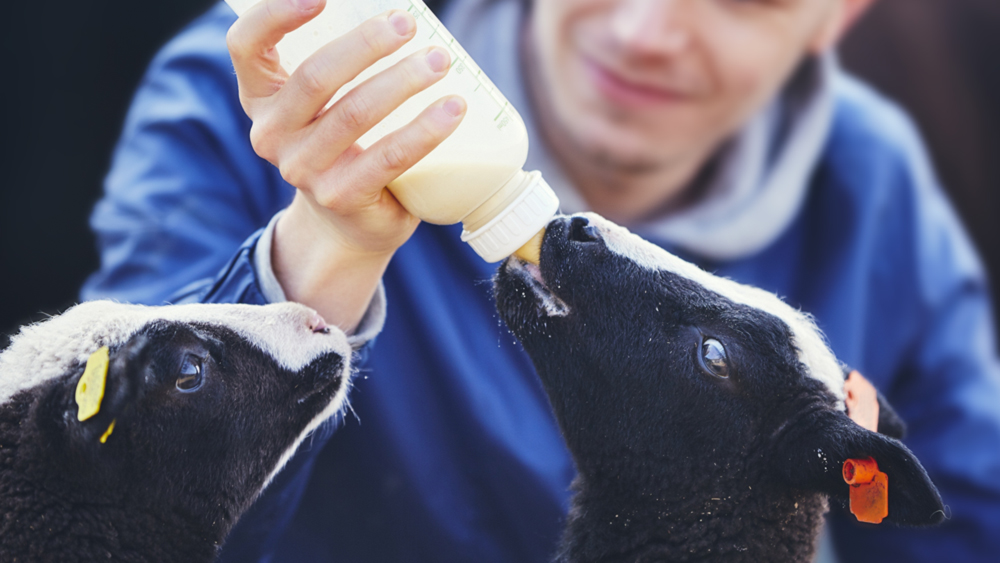- Home
- Sheep farmer: no-deal Brexit case study
Sheep farmer: no-deal Brexit case study
Mick is an upland sheep farmer with 1,500 ewes. Mick normally lambs in March/April and may sell some of these as store lambs in the autumn along with finished lambs from the previous year.

What will happen to the business on Day 1 of a ‘no –deal’ Brexit (1 November)?
At the time Mick would be looking to sell his lambs, World Trade Organisation tariffs imposed in a no deal situation could account for around 50% of the price of UK sheep meat, making it uncompetitive in the EU market (which currently accounts for around 90% of UK lamb exports.)
The EU has added the UK on its list of third countries, so the UK will be able to export animals and animal products to the EU as long as Export Health Certificates are in place.
Could there be issues in the next 6 months or so?
Autumn lamb prices may be depressed because of the UK’s inability to export sheep meat.
In our latest Brexit impact assessment it is estimated that the price of UK sheep meat could fall by as much as 25% in 2022 (the first year where cuts will be made to direct payments) under a ‘no-deal’ Brexit.
Looking further ahead
New trade deals traditionally take many years to agree, so a short term solution to the loss of EU sheep meat markets won’t be easy. Therefore, the low autumn lamb price could persist for some time – which could impact on cash flow – leading to a need for early advice and support from Mick’s bank manager.
Under the new English Agricultural policy, the farm business income may be supported by funding under “public money for public goods”. AHDB’s report, ‘The impact of Brexit scenarios on grazing farms in the Lake District National Park’ suggested that in certain circumstances, environmental funding could protect upland farmers’ profits in a no deal scenario. However, this is still far from certain as a considerable amount of detail is still missing.
What help is available?
Our Brexit Impact Calculator, Resilience Checklist and Farmbench are tools which will identify the key areas the business needs to focus on.
‘Preparing for change: The characteristics of top performing farms’ shows where small changes can add up to a big business improvement and Key performance indicators (KPIs) are the aspects of a business that can help farmers identify the strengths and weaknesses in their performance.

